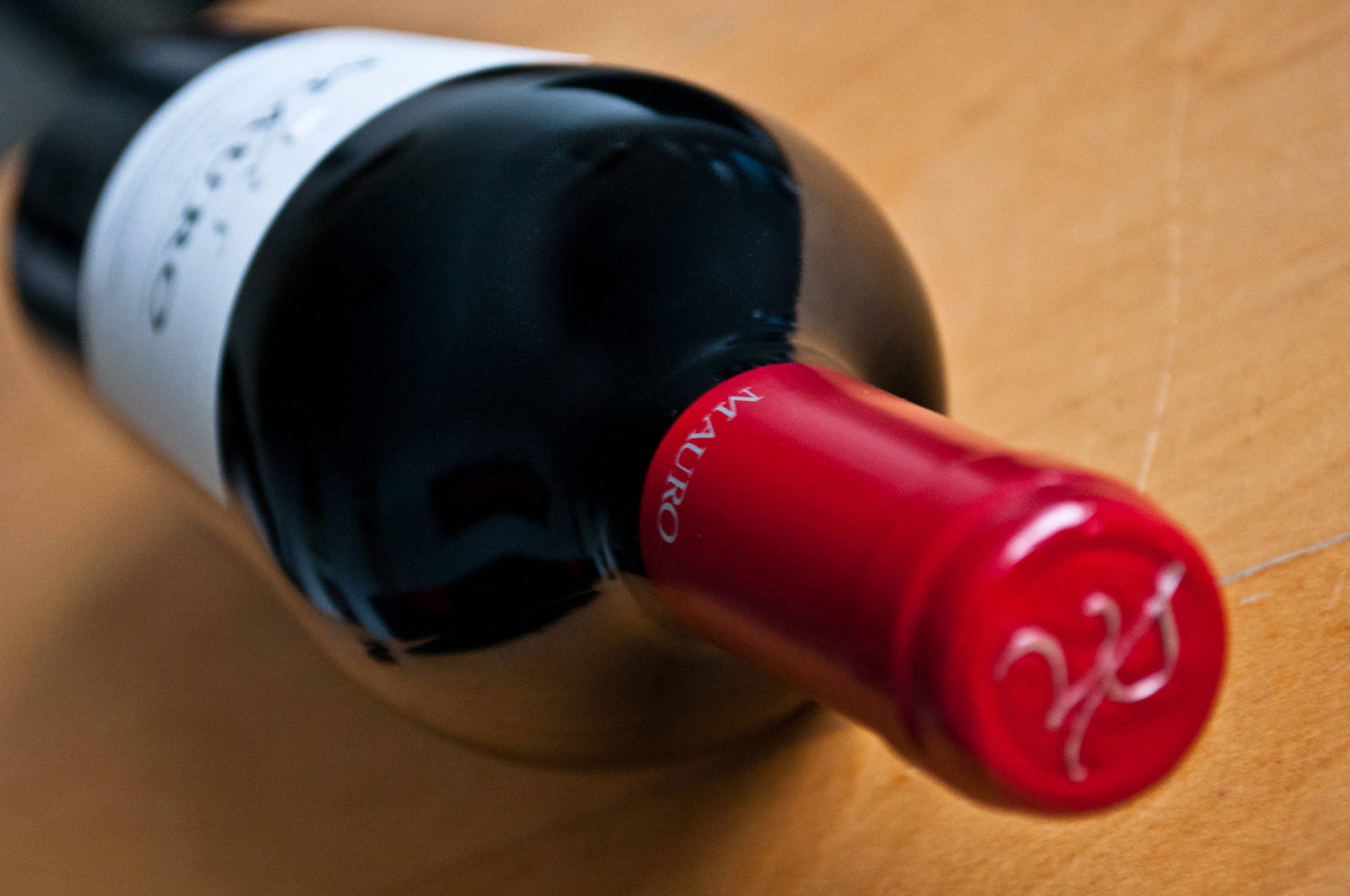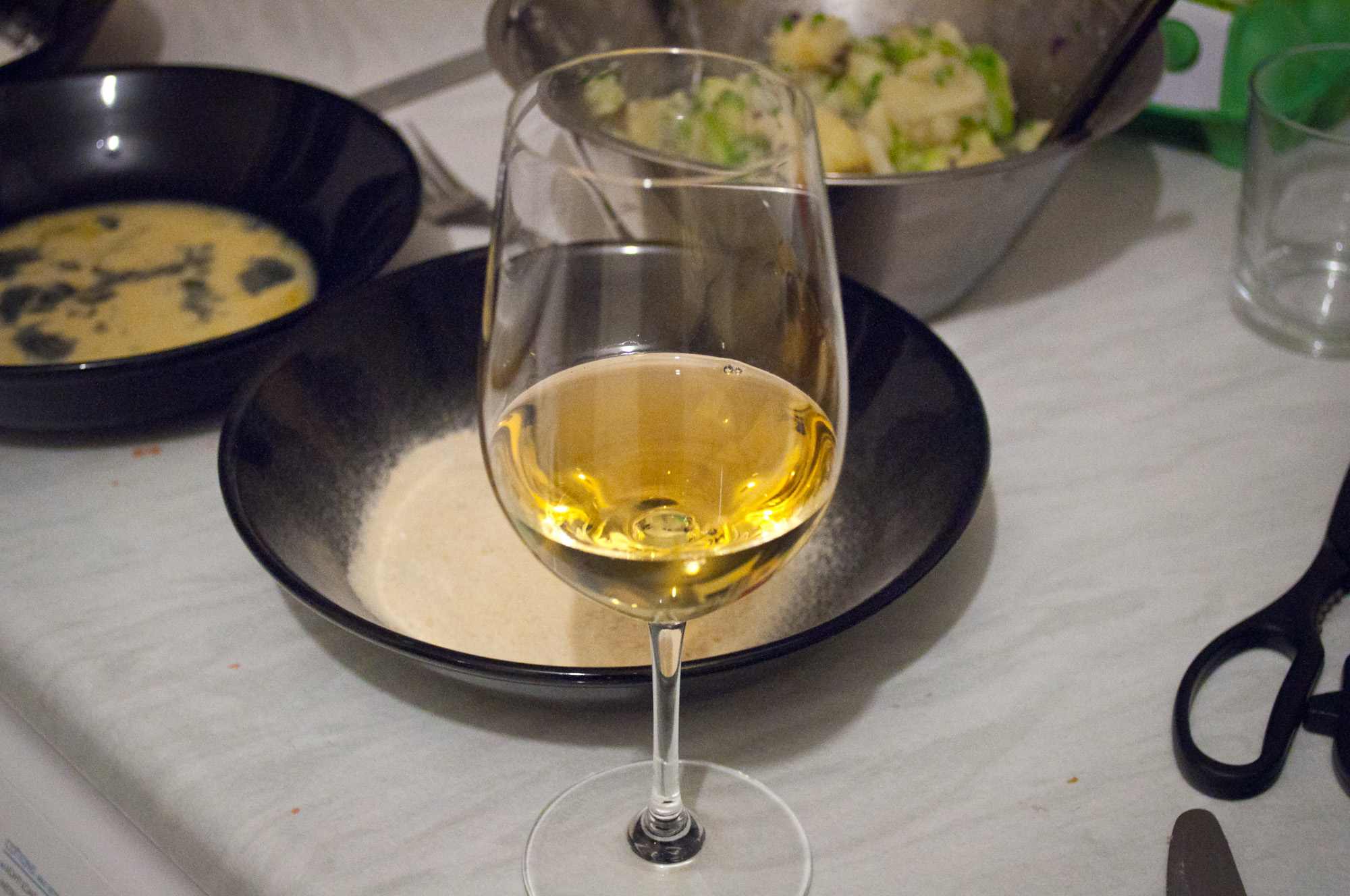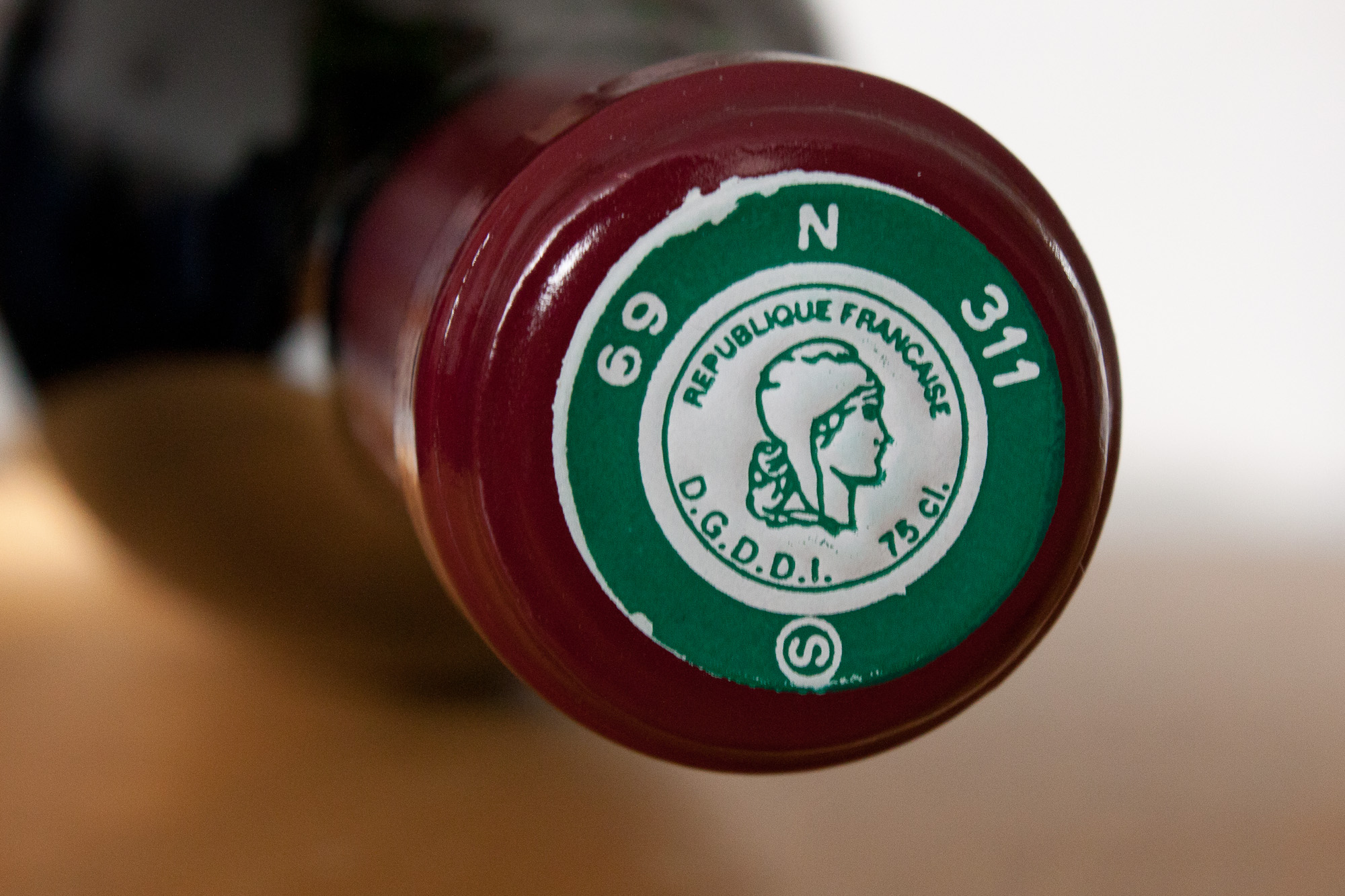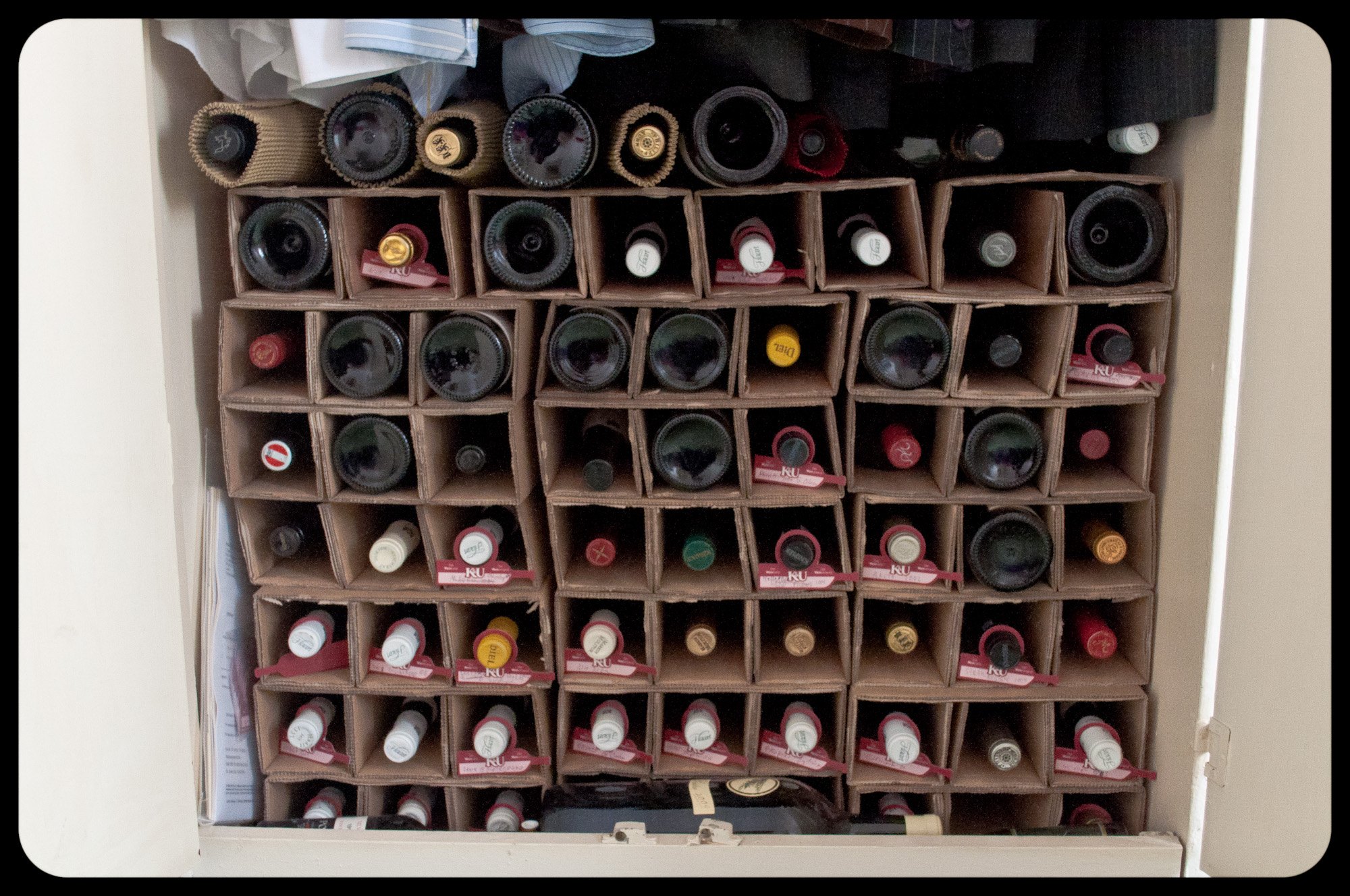"This Riesling is as dry as the Germans" - Twitter wisdom on Riesling
Wine journalists, bloggers, trade people - sure they all love Riesling. But real people? What do they think about the world's most exciting white grape variety? You may think you know, but you have no idea. Over the past few months, a Wine Rambler covert investigation team infiltrated Twitter to uncover shocking evidence. This, ladies and gentlemen, is what people really think about Riesling.

Men in the know
riesling = skim milk, sauvignon blanc = whole milk, chardonnay = heavy cream
I can't stand sweet wines! Riesling, Sauvignon Blanc, etc. nor the people that drink it! YUCK! Learn your wines people!!!!
Germany only have pinot noir and riesling. Don't ask me why.
Trollinger-Lemberger-Riesling hangovers are the worst.
careful! Riesling is like a woman= sweet but can give you a #headache if you have too much in one day!








